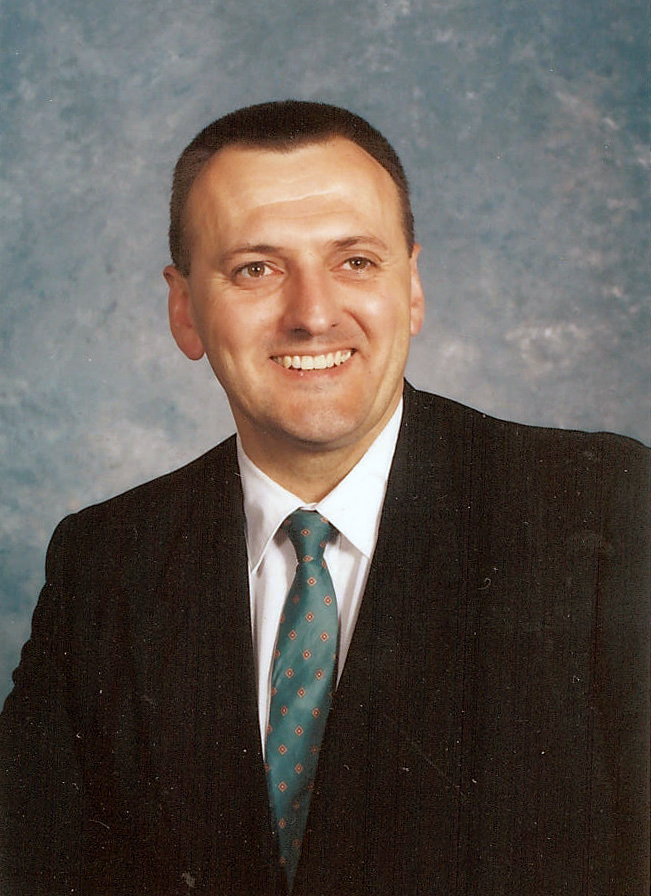I am convinced that this grand idea, properly developed and wisely executed, has a potential to revive the small-d democratic spirit that has been so battered by events. It cannot come from the top down. It has to be truly grounded in we the people. We might decide to call it "democratic money."
(Continue to next comment)
Page Four
Richard Striner, professor of history at Washington College, is the author of ten books. This proposal was first introduced in his book Lincoln's Way: How Six Great Presidents Created American Power (2010) and in the article "How to Pay for What we Need," published by The American Scholar in the winter 2012 issue, accessible via http://theamericanscholar.org/how-to-pay-for-what-we-need/#.U1K541e0pM8. His comment, in article form:
MONEY CREATING: A USABLE PAST FOR TOMORROW
By Richard Striner. All Rights Reserved
Most economists discount the importance of cash -- currency and coin -- in our modern money supply. Policy-makers should ponder that fact as they consider proposals for government-created money. There is ample precedent for the creation of money by Congress. But this money-creation should employ the operational method that bankers use now: electronics.
Long ago, legal-tender money was based in precious-metal coinage. Owners of gold and silver had the option of taking this treasure to the mint, where it was melted, stamped into coin, and given back. Then the "monetized" metal would circulate in market transactions. Congress created the United States Mint on this basis in the Coinage Act of 1792.
Out of this physical foundation of coin came a paper emanation that expanded the money supply: bank notes. These notes -- certificates stating that the face value of the note was "payable to the bearer on demand" -- began as receipts for deposits of coin that had been placed in commercial banks. But then bankers hit upon the lucrative idea of printing bank notes in great quantities -- quantities that vastly exceeded the coin deposits of the bank -- and then issuing this blizzard of bank-note paper in the form of loans. It was a gigantic and risky juggling act, but the laws of most nations permitted it.
People didn't have to accept these notes; they were not legal tender. But when people were willing to accept the notes, they had purchasing power: they were an operational equivalent of money. Presto: out of a coinage foundation arose an emanation of far greater purchasing power in the form of paper certificates. In 1790, Treasury Secretary Alexander Hamilton admitted the "well established fact, that banks in good credit, can circulate a far greater sum than the actual quantum of their capital in gold and silver."
Based upon Hamilton's recommendation, Congress chartered the Bank of the United States in 1791; it lasted twenty years until the charter lapsed. A second Bank of the United States that was given a twenty-year charter in 1816 went out of existence in 1836. In 1863, the Republican Congress created a system of national banks. To make sure that these banks would maintain enough capital "on reserve" to make their bank notes reliable, Congress forced the bankers in exchange for their charters to invest a percentage of their funds in war bonds, which had to be placed on deposit with the U.S. Treasury. A new position in the treasury was created to regulate the system: the comptroller of the currency.
After the Civil War, commercial banks began to switch from bank notes to a different form of lending via paper certificates: the checking account. After the loan had been approved, the banker would tell the borrower that the loan had been "credited" as a "deposit" to a checking account that had been set up to facilitate the loan. To spend the loan, the borrower would just write checks, directives to pay, which the bank would redeem in hard coin when the checks were presented at the bank.
These loans came out of thin air. As economist Irving Fisher explained in 1935, "when a bank grants me a $1,000 loan, and so adds $1,000 to my checking deposit, that $1,000 of 'money that I have in the bank' is new. It was freshly manufactured by the bank out of my loan and written by pen and ink on the stub of my check book and on the books of the bank ... Except for these pen and ink records, this 'money' has no real physical existence."
Page Five
Next Page 1 | 2 | 3 | 4 | 5 | 6 | 7
(Note: You can view every article as one long page if you sign up as an Advocate Member, or higher).





